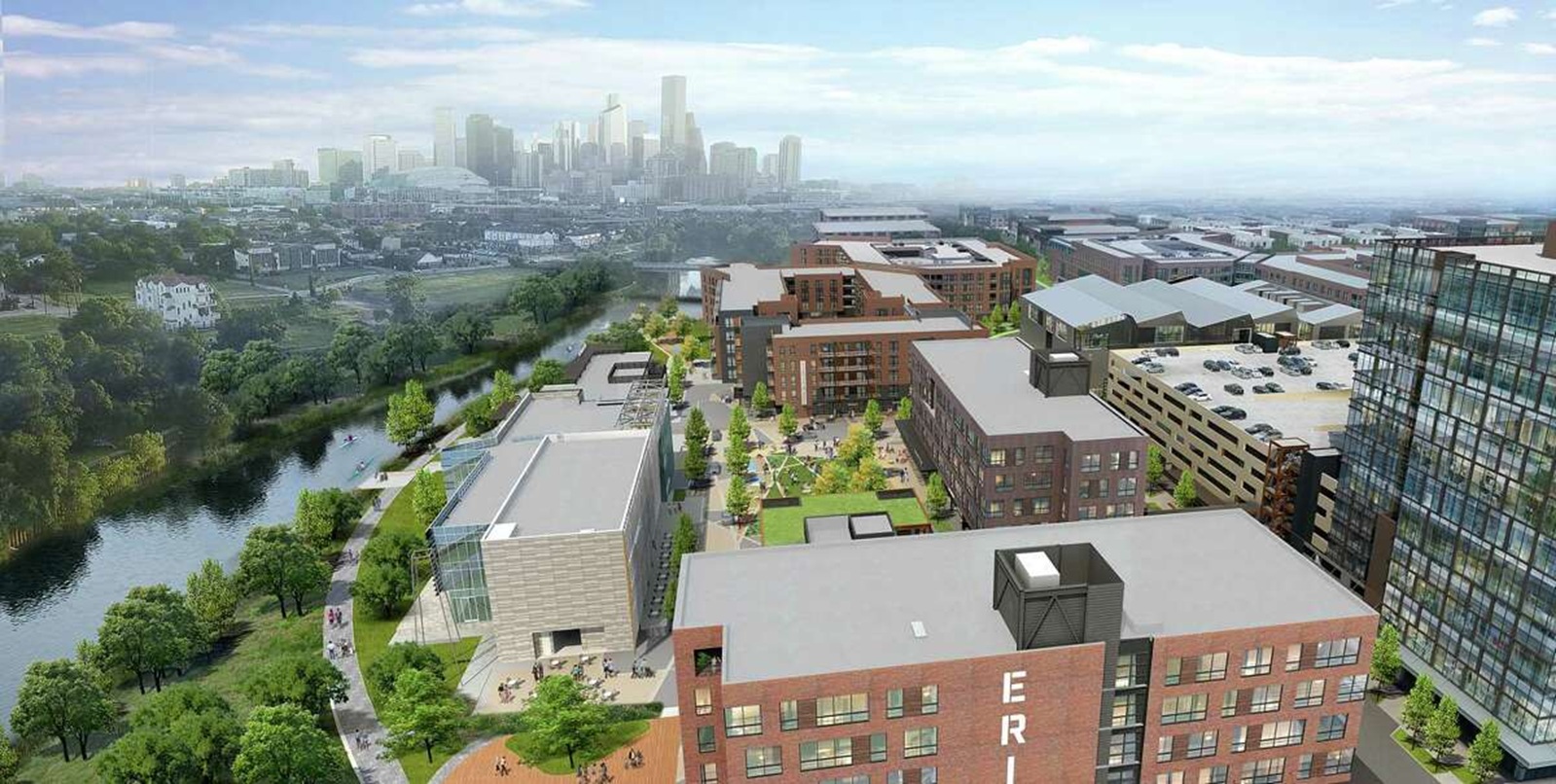Houston’s skyline is transforming rapidly, with cranes dotting neighborhoods from downtown to the Energy Corridor. As new apartments, mixed-use developments, and corporate hubs rise, rental property owners face both opportunities and challenges. Whether you own a single-family home or a multifamily complex, understanding this growth wave is key to staying competitive. Here’s how Houston’s development boom impacts your rentals—and how to adapt strategically.
1. Houston’s Development Surge: By the Numbers
Houston ranks among the top 5 U.S. cities for new construction, with over 25,000 multifamily units underway in 2024. Key drivers:
Corporate expansions: ExxonMobil’s campus, Amazon warehouses, and the Texas Medical Center’s growth.
Population influx: 200,000+ new residents since 2020 (U.S. Census), many renting due to high mortgage rates.
Infrastructure projects: I-45 expansion, METRONext rail lines, and the Ion District’s tech hub.
What this means for owners:
Rent pressure: New luxury units may cap rent growth in older buildings.
Tenant expectations: Demand for modern amenities (e.g., coworking spaces, smart home tech).
2. Opportunities for Rental Property Owners

A. Rising Demand in Underserved Areas
While downtown and Midtown see luxury high-rises, secondary markets (e.g., Alief, Acres Homes) offer gaps for affordable rentals.
Example: A 2-bedroom in Alief rents for 1,200/month vs. 2,100+ in Montrose.
B. Short-Term Rental Potential Near New Attractions
Projects like the Houston Spaceport and Waterlight District will boost tourism. Owners near these hubs could pivot to Airbnb (where occupancy rates hit 65%+ in 2023, per AirDNA).
C. Value-Add Upgrades to Compete
Differentiate older properties with:
Tech: Keyless entry, video doorbells.
Outdoor spaces: Patios, dog parks (40% of Houston renters own pets, HAR).
3. Challenges to Navigate
A. Oversupply in Some Submarkets
Downtown’s apartment vacancy rate rose to 12% in 2024 (vs. 8% citywide), per CoStar.
Solution: Target neighborhoods with job growth but limited supply (e.g., Second Ward, Near Northside).
B. Higher Tenant Turnover
Renters may upgrade to newer units. Retention tactics:
Lease renewal incentives (e.g., $100 gift cards).
Small upgrades (fresh paint, USB outlets).
C. Stricter Local Regulations
Houston’s new floodplain ordinances (post-Hurricane Harvey) may require costly retrofits for older properties.
4. How Houston Next Brick Helps Owners Adapt
Houston’s market requires local expertise and agility. Houston Next Brick offers:
Market-based pricing: Adjusts for new supply in your submarket.
Tenant retention programs: Custom leases, responsive maintenance.
Regulatory compliance: Guidance on flood insurance, permitting.
5. The Bottom Line
Houston’s growth presents profit potential for owners who:
✅ Focus on neighborhoods with demand/supply imbalances.
✅ Upgrade strategically (not expensively).
✅ Leverage data (not guesswork) to set rents/terms.
Next Steps:
Research your submarket’s pipeline (Houston Business Journal).
Consult Houston Next Brick for a free rental strategy audit: houstonnextbrick.co.
FAQs
Q: Will Houston’s rent prices drop due to overbuilding?
A: Unlikely citywide, but select areas (e.g., downtown high-rises) may see softer growth.
Q: Are Houston’s new developments mostly luxury?
A: 70% are Class A, but “missing middle” (mid-price) units are rising in suburbs like Pearland.
Q: How does Houston’s lack of zoning laws impact rentals?
A: More flexibility but requires due diligence (e.g., a new strip mall could open next door).



